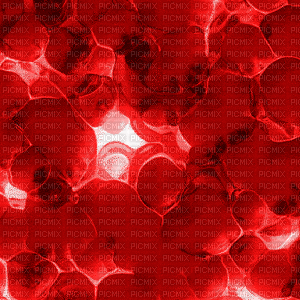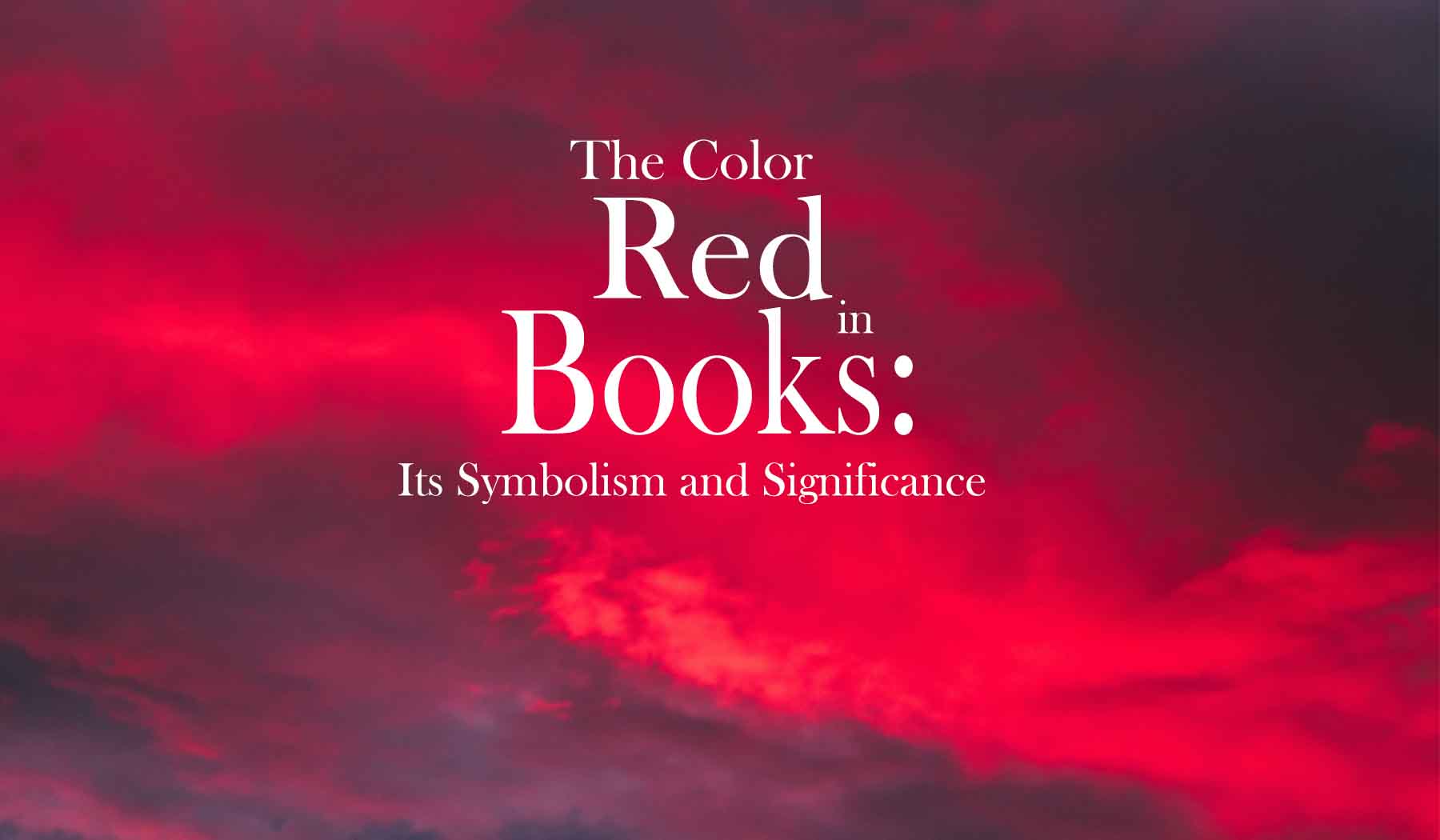Colors play a significant role in literature and can represent a variety of emotions, themes, and ideas.
Red, in particular, is a color that has captured the attention of many writers and readers throughout history.
Let’s explore the symbolism and significance of the color red in books.
Symbolism of the Color Red
Red has a wide range of symbolic meanings, including:
- Passion and Love: Red is often associated with passion, romance, and love. It can symbolize the intensity of emotion that comes with falling in love, as well as the strong bond between two people.
- Danger and Violence: Red is also commonly used to represent danger, violence, and aggression. Blood is red, and the color is often associated with war, death, and destruction.
- Power and Energy: Red is a bold and vibrant color that can represent power and energy. It can symbolize the strength and determination needed to achieve a goal, as well as the confidence and courage required to take risks.
- Spirituality and Religion: Red can also have spiritual and religious connotations. In many cultures, it is associated with the divine, such as the red robes worn by Catholic cardinals or the red thread in Hinduism that symbolizes protection.

Examples of Red in Literature
The color red appears in a variety of literary works, and its symbolism can vary depending on the context.
Here are a few examples:
- In The Scarlet Letter by Nathaniel Hawthorne, the protagonist, Hester Prynne, is forced to wear a scarlet letter “A” on her clothing as a punishment for adultery. The red letter is a symbol of shame and serves as a constant reminder of her sin.
- In The Great Gatsby by F. Scott Fitzgerald, the character of Daisy Buchanan is often associated with the color red. She wears a red dress when she reunites with Gatsby, and the color is used to represent her beauty and sensuality, as well as the danger she poses to those around her.
- In The Hunger Games by Suzanne Collins, the protagonist, Katniss Everdeen, wears a red dress during the opening ceremonies of the Games. The color represents her fiery spirit and determination to survive, as well as the bloodshed that will take place in the arena.
- In The Color Purple by Alice Walker, the character of Shug Avery wears a red dress that symbolizes her confidence and sexuality. The color also represents the freedom and independence that she has gained after years of abuse and oppression.
- In The Handmaid’s Tale by Margaret Atwood, the handmaids are forced to wear red robes and white wings as a symbol of their fertility and subservience to the ruling class. The color red represents both the women’s potential for new life and their lack of agency in a dystopian society.
- In The Shining by Stephen King, the character of Danny Torrance has a psychic ability called “the shining,” which is represented by a red glow. The color red symbolizes the intensity of Danny’s power, as well as the danger and violence that he encounters throughout the novel.
- In The Red Badge of Courage by Stephen Crane, the color red is used to represent the bloodshed and violence of the Civil War. The protagonist, Henry Fleming, dreams of a red sun rising over the battlefield, which symbolizes his fear of death and the brutal reality of war.
- In The Picture of Dorian Gray by Oscar Wilde, the color red is used to symbolize the corruption and decadence of the main character, Dorian Gray. He becomes obsessed with a painting of himself that ages and decays while he remains young and beautiful, and the painting is described as having “a red mouth that smiled.”
- In The Red Tent by Anita Diamant, the red tent is a sacred space where women gather during menstruation and childbirth. The color red represents the power and mystery of women’s bodies, as well as the importance of female community and solidarity.

Conclusion
In conclusion, the color red is a powerful symbol in literature that can represent a wide range of emotions and ideas.
Whether it is used to symbolize love, danger, power, or spirituality, the color red can evoke strong feelings and add depth to a story.
So, the next time you read a book, keep an eye out for the color red and see what it might be trying to tell you.










